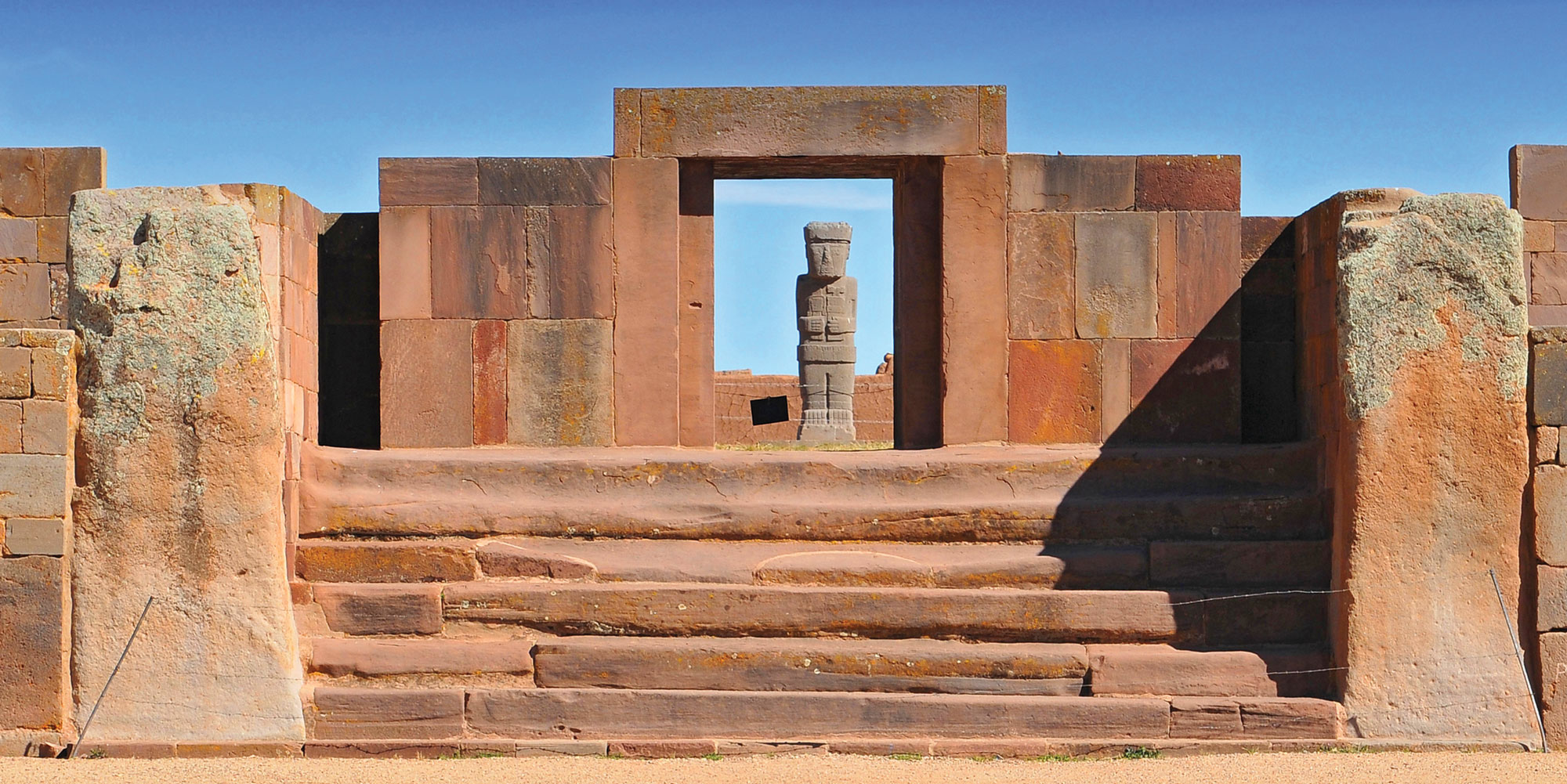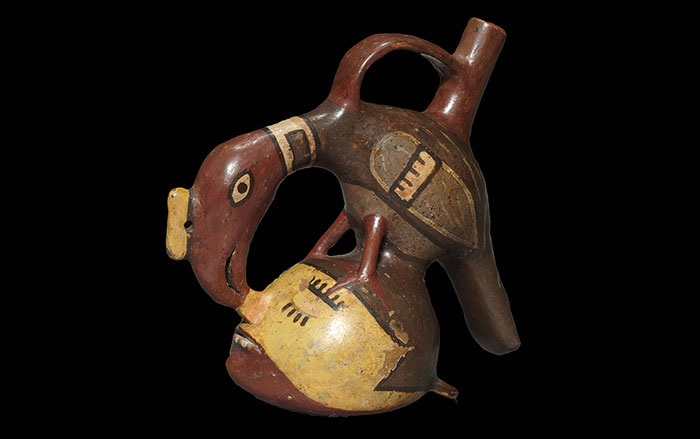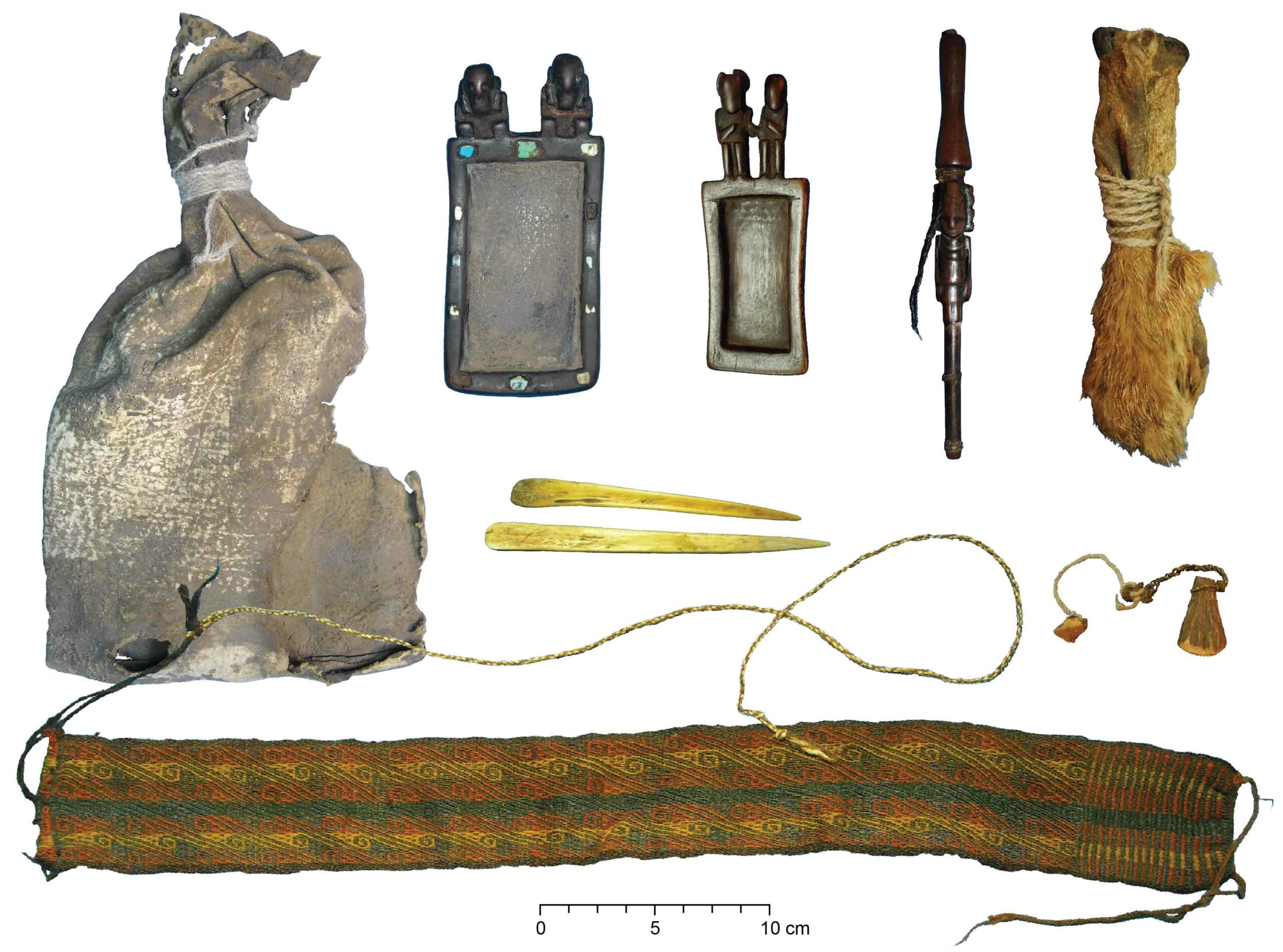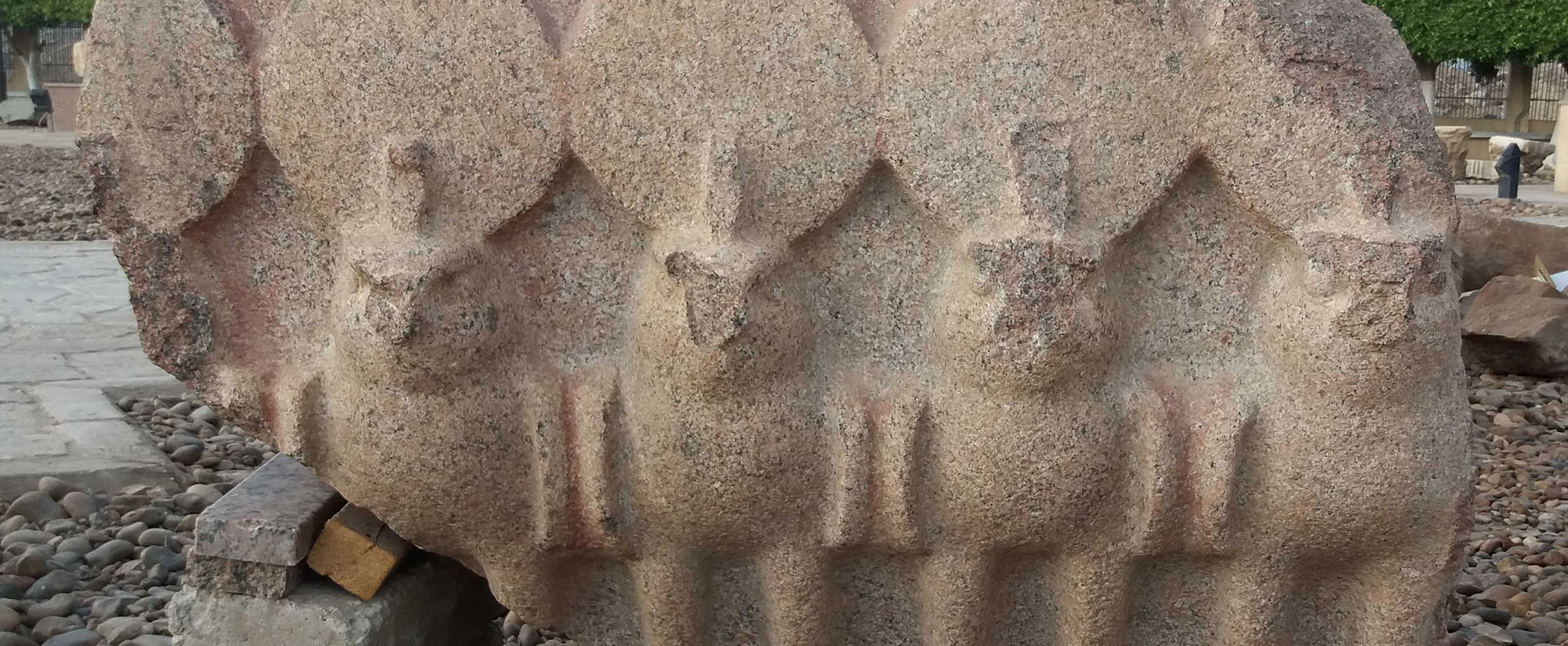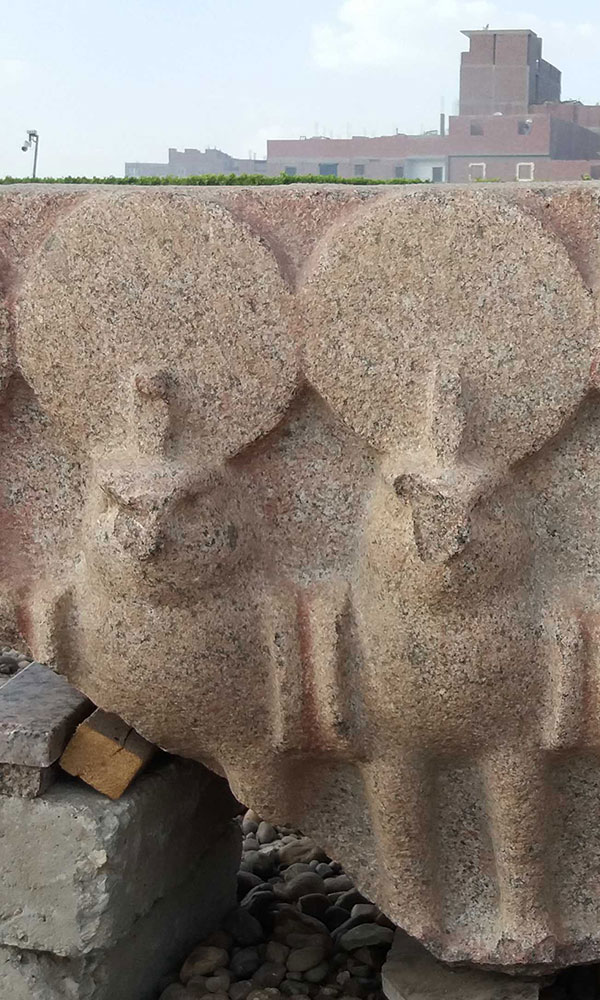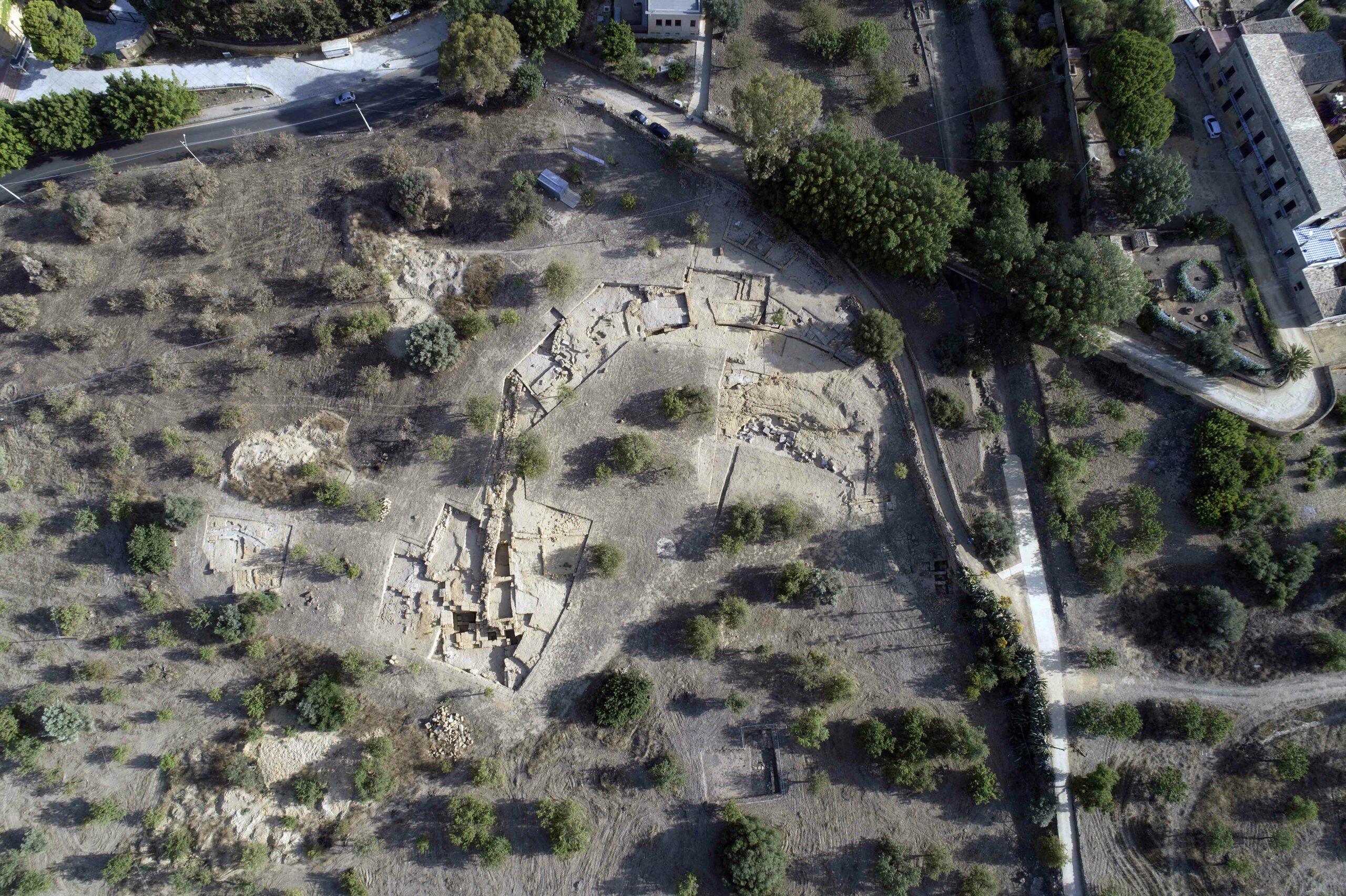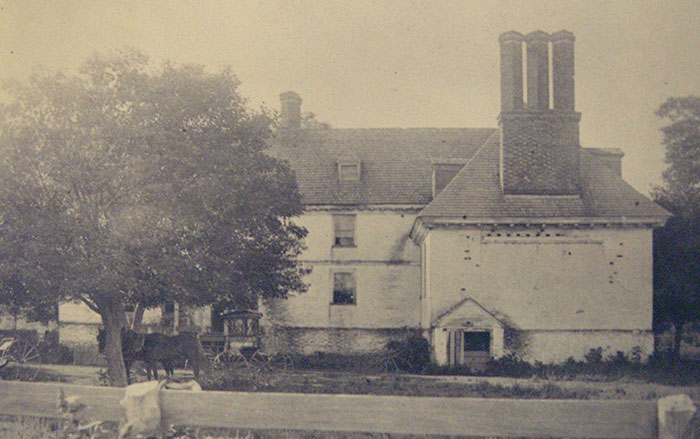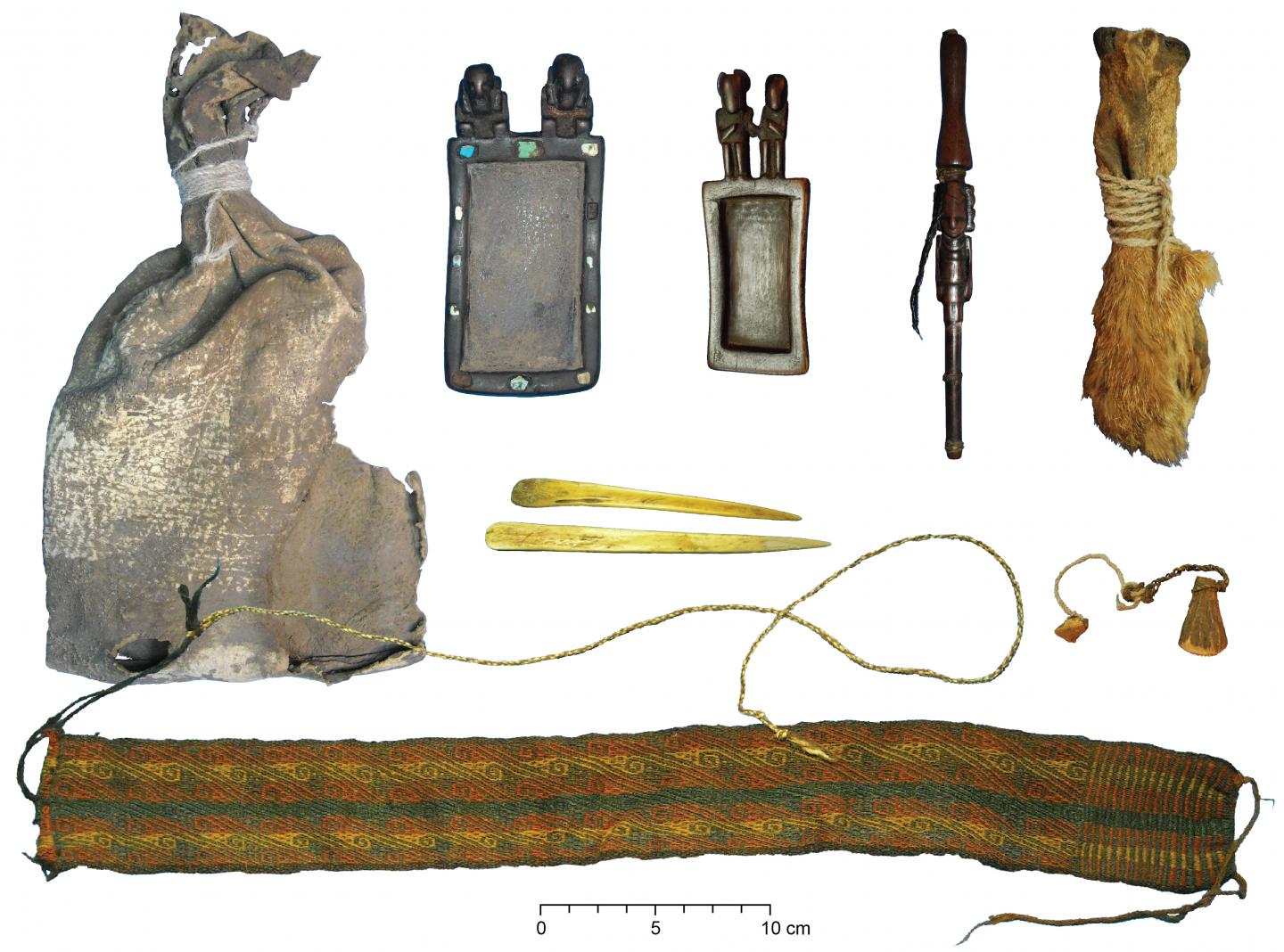
BERKELEY, CALIFORNIA—New Scientist reports that Melanie Miller of the University of Otago and her colleagues detected traces of five psychoactive chemicals on a collection of drug paraphernalia discovered in a rock shelter in southwestern Bolivia. The rock shelter is thought to have been a funerary enclosure where members of the Tiwanaku state may have held ceremonies believed to enable contact with the dead. Radiocarbon dating indicates the artifacts, including a leather bag, wooden snuffing tablets and a snuffing tube carved with human-like figures, llama-bone spatulas, a textile headband, bits of dried plants, and a pouch made from three fox snouts stitched together, are approximately 1,000 years old. The scientists suggest plant matter may have been ground and prepared for use in the snuffing tablets and inhaled with the tube. Because none of the plants these psychoactive chemicals are made from are native to the region, the scientists suggest travelling shamans may have carried their own supplies, or the Tiwanaku may have obtained them through trade networks. For more on archaeology in the area, go to “The Water Temple of Inca-Caranqui.”


